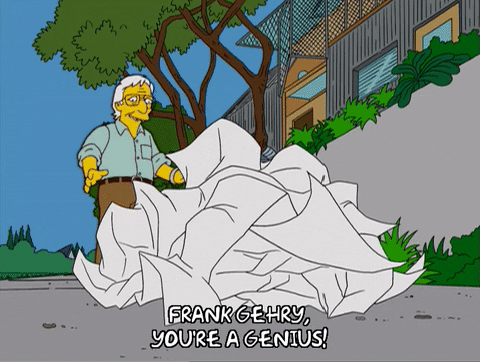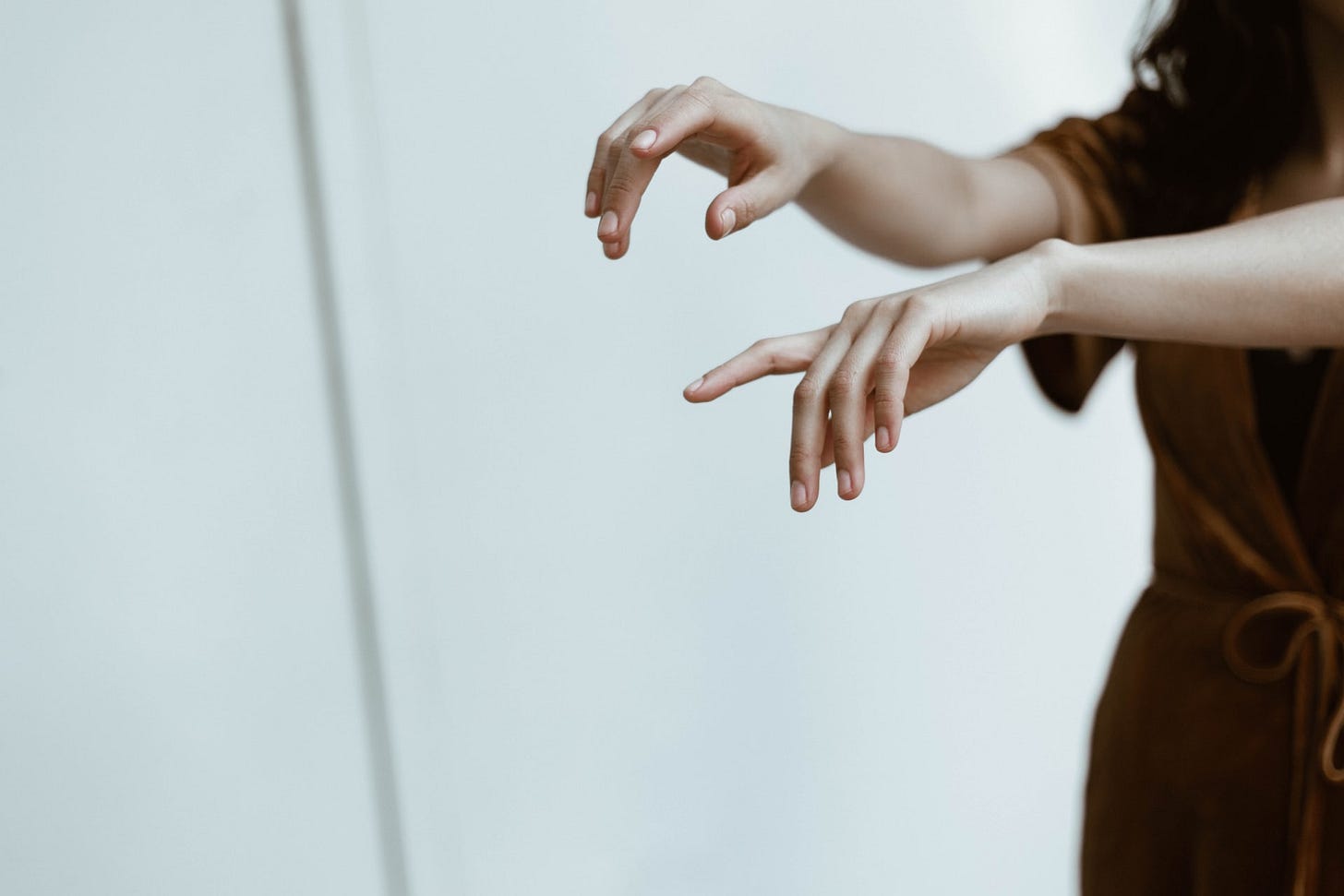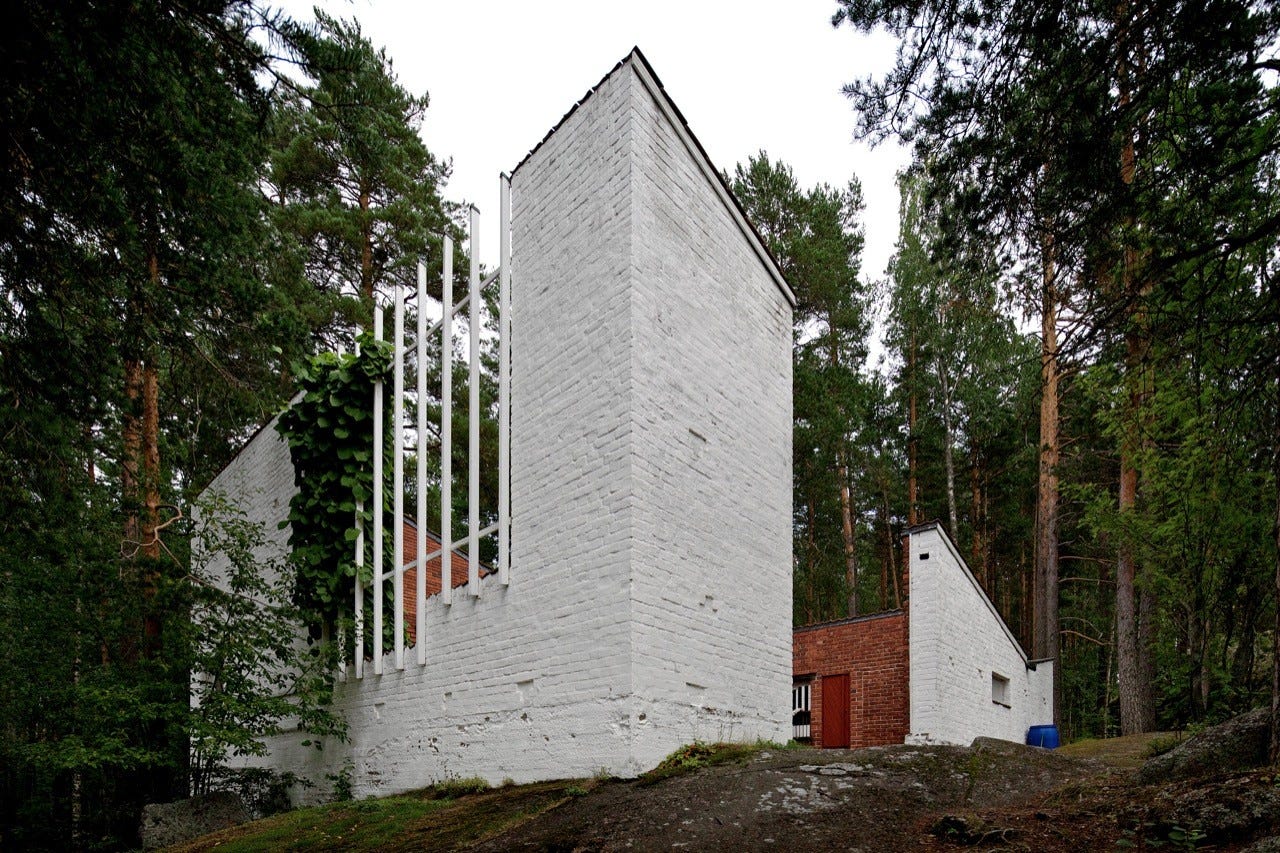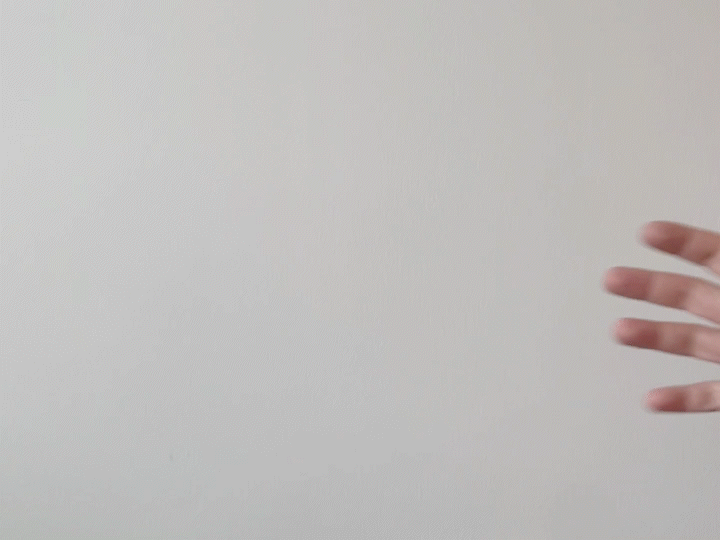The early strokes of architectural ideation are the sharpest in their looseness. The blind grasp latches onto an idea and iterates towards a more refined one. Through my everlasting interest in the subtlety of hands, I present you something I call “archigesture”.
mark-making
In the architectural design process, the concepts, masses, and volumes are often generated and communicated on paper and similar flat surfaces. Depending on your skills and methods, these can be representative of the outcomes. Representative being the keyword, the thing on the paper is often a way to talk about the 3D-building-to-be. In my experience (limited to architecture school) the paper is the main actor with modelmaking playing the supporting role. However, I believe there are more ways to communicate architecture.
from mark-making to marking
I watched a talk by cognitive scientist David Kirsh, where he explored how dancers use marking to communicate an idea. I’m unfamiliar with the world of dancing, and by extension, marking. So, marking is when you don’t fully commit to the movement and instead use a more low-energy expression to ideate and memorize choreographies. Often these are also used in terms of percentages: 20% marking is doing the minimum to express the ideas, and all the way into 100% means you’re performing the choreography to its fullest like you would on the stage.
In essence, marking is embodied sketching.
from marking to gesturing
And so, I was struck with an idea, through the inputs of three things:
Kirsh’s talk described above
The early ideation phase of a new architecture design course
A late evening bottle of certain Portuguese red wine
With these in mind, I present to you:
archigesture (noun, verb): the iterative process of using hands to express ideas about massing, flows, and forms
Hands are unbelievably expressive, in that they have an abstract language of their own, and are also used for explicit expressions in sign languages. As agents of agency, hands enable fluency with wonderful directness.
And so, the dynamic movement afforded by archigestures is a new way to represent architectural ideas.
So how do they work, eh?
A how-to guide for iterative archigesturing
Make a moving gesture with your hand/hands. It can be scooping, twisting, folding, curling, bending, bumping, crashing, whatever
Look at your hands while you’re doing this. Try to mentalize what shape it’s creating
Feel the movement and adjust accordingly. Add rhythm, sharpness, softness, and experiment
Go back to step 1
Repeating the movement leads to an iterative process. Making the shape continuously before your eyes helps you mentalize the form. It might take some tries before you can visualize the thing in front of you, but keep trying.
Granted, it might look a bit silly, but I leave it to your consideration. Perhaps you can first try it out in the privacy of your home?
For me, the more focused models I gesture with hands are around the size of a basketball. For more energetic expressions, arms partake in the play and we’re talking about the scale of a beach ball. Hell, in an all-out frank-gehry-type-gesture it’s like a party-balloon-let-loose, with a little less randomness though.
It’s also a good wrist exercise, a beneficial contrast for the sedentary CAD sessions.
Another nice thing: it’s completely free.
show, don’t tell
Now, recall how paper is valuable in preserving ideas for further communication. Quite nicely, through the ubiquitous smartphone and its camera, we can capture the fleeting gestures into something we can pass forwards. Even better, turning the archigesture into a looping video, we retain the pure expression and dynamism of the single movement, while presenting a continuous creation of the whole.
I find this aspect of archigestures (maybe I should have used a better word, Grammarly keeps fixing me) makes it worthwhile. What is originally a pure first-point-of-view experience, the addition of a camera makes the idea shareable, a requirement for communication.
reflection
In my short exploration with archigestures, I’ve stumbled into a few natural practices and possible explorations.
Main findings from my exploration in archigestures:
The scale is not a limit: You can work on the scale of a city block, apartment complex, or a single house
Details are difficult to express: While the scale you work in is flexible, smaller details, such as openings are difficult to show
Open-closed -dynamic works well: Upward gesture opens, inward curl closes. The fist and the palm have a different sense of weight
The rhythm of spaces is easy to express: Moving your hands across your workspace creates a living combination of a timeline and a section/plan
Speed of movement implies weight: Compare the outcome when you express an idea fast or slow, there’s a difference. Mid-movement change in speed emphasizes the weight of the form
What you can explore with:
Materiality: Speed and tiny finger twitches can convey the material qualities
Multi-scale sketching: With a quick gesture you can focus on details and return back to a larger scale, however, be explicit in your expressions
Inside vs outside: Exterior form is more straightforward to represent, how would you express indoor spaces?
Standard gestures: Are there some phrases that repeat in your “dictionary”? What do these signify?
Recording perspective: You work archigestures from your own point-of-view, do you record from the same point of view? How does the same gesture communicate when looked at from different angles?
case studies
Finally, let me show you a few examples of archigestures.
Muuratsalo Experimental House, Alvar Aalto
Cement Factory, Ricardo Bofill
Solomon Guggenheim Museum, Frank Lloyd Wright
That’s that, go pet some air. Make friends with your imaginary clay.












